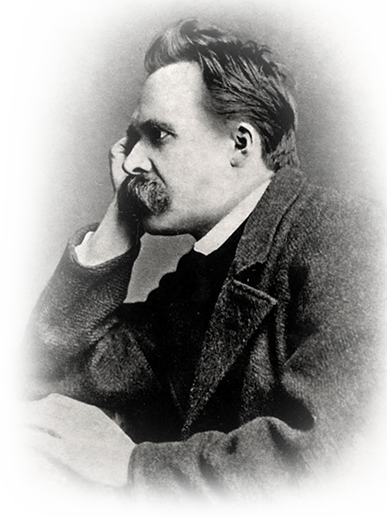[MA-222]
WHAT REMAINS OF ART
WHAT REMAINS OF ART. It is true that art has a much greater value in the case of certain metaphysical hypotheses, for instance when the belief obtains that the character is unchangeable and that the essence of the world manifests itself continually in all character and action; thus the artist's work becomes the symbol of the eternally constant, while according to our views the artist can only endow his picture with temporary value, because man on the whole has developed and is mutable, and even the individual man has nothing fixed and constant. The same thing holds good with another metaphysical hypothesis: assuming that our visible world were only a delusion, as metaphysicians declare, then art would come very close to the real world; for there would be much similarity between the world of appearance and the artist’s world of dream images; the remaining difference would actually enhance the meaning of art rather than the meaning of nature, because art would portray the symmetry, the types and models of nature.— But such assumptions are wrong: what place remains for art, then, after this knowledge? Above all, for thousands of years, it has taught us to see every form of life with interest and joy, and to develop our sensibility so that we finally call out, “However it may be, life is good." This teaching of art-to have joy in existence and to regard human life as a part of nature, without being moved too violently, as something that developed through laws—this teaching has taken root in us; it now comes to light again as an all-powerful need for knowledge. We could give art up, but in doing so we would not forfeit what it has taught us to do. Similarly, we have given up religion, but not the emotional intensification and exaltation it led to. As plastic art and music are the standard for the wealth of feeling really earned and won through religion, so the intense and manifold joy in life, which art implants in us, would still demand satisfaction were art to disappear. The scientific man is a further development of the artistic man.
